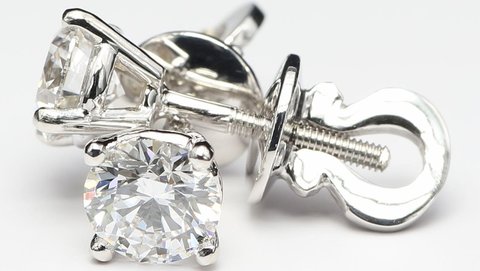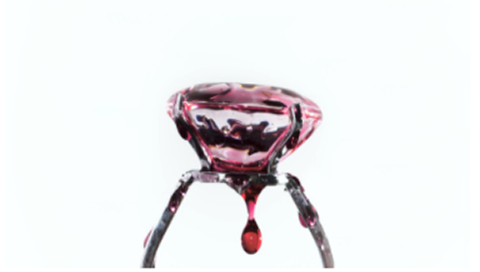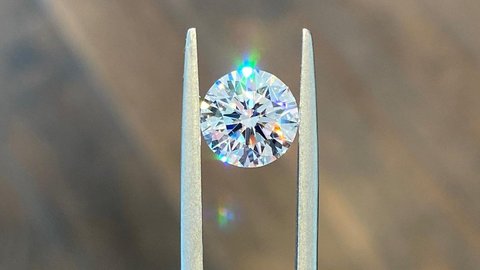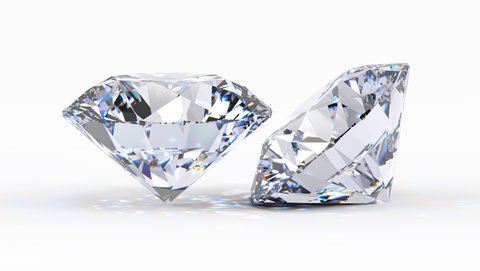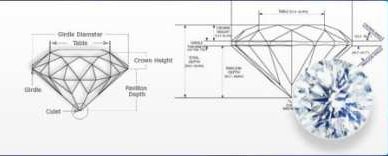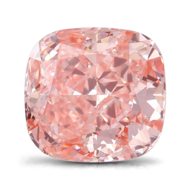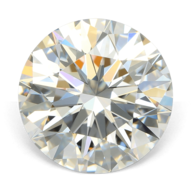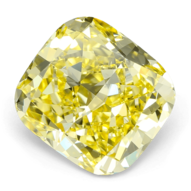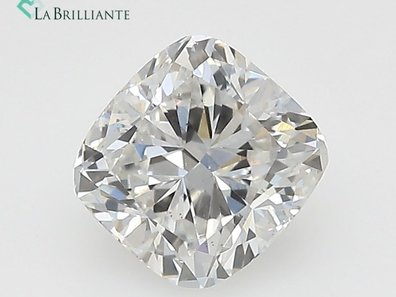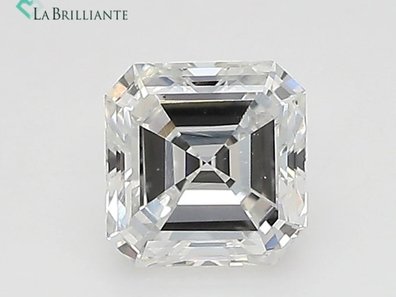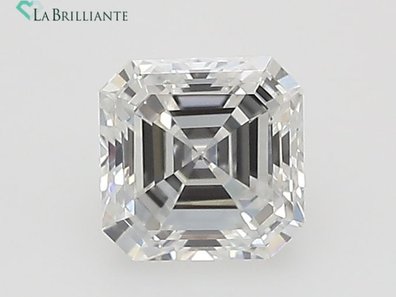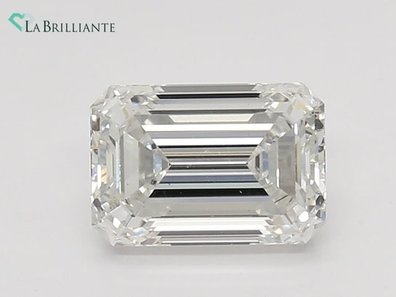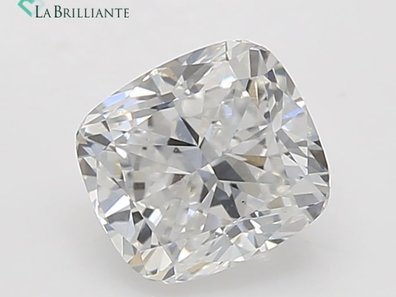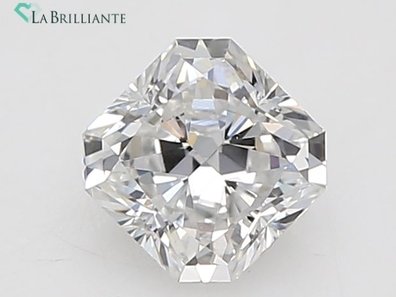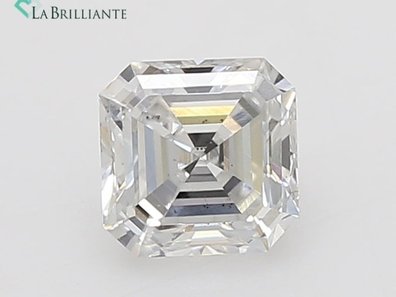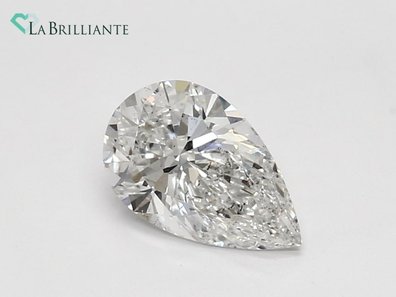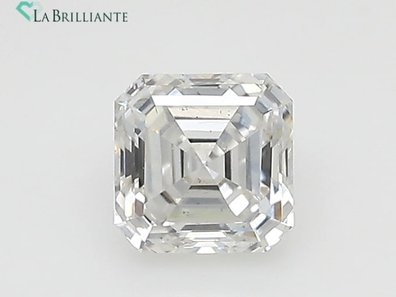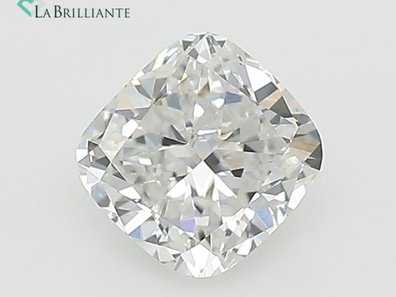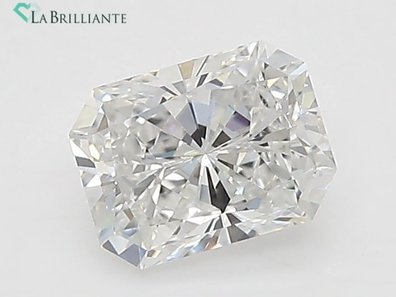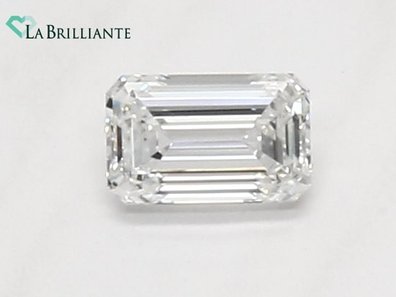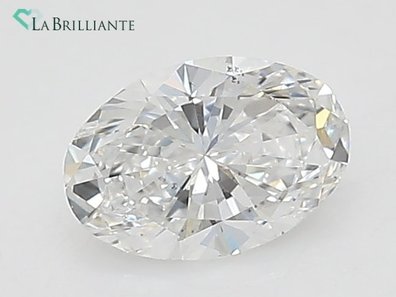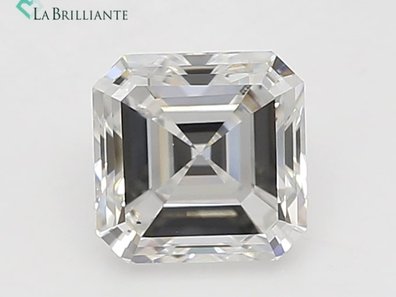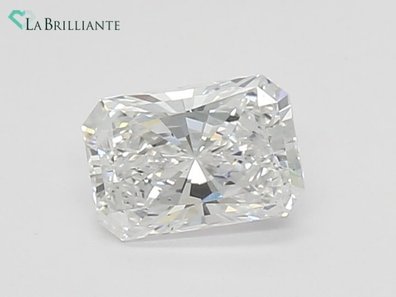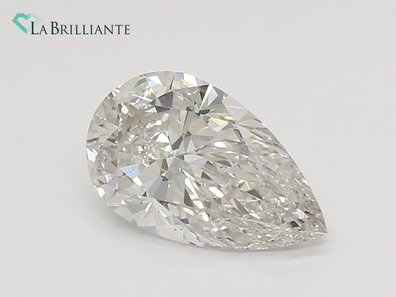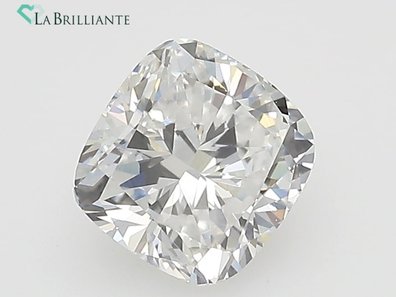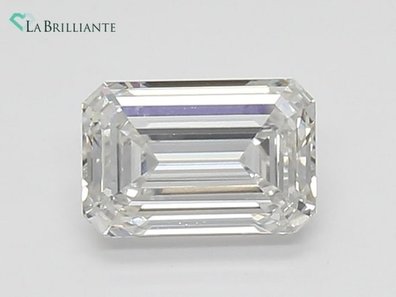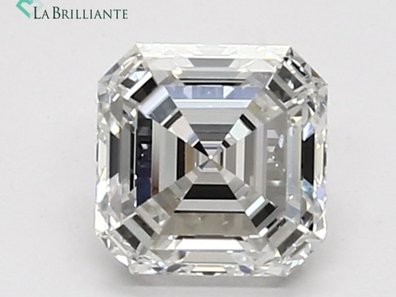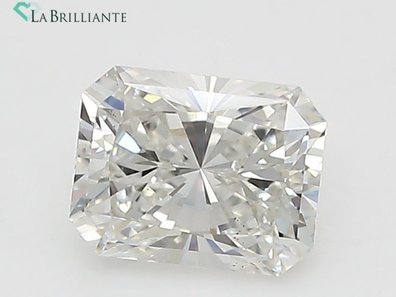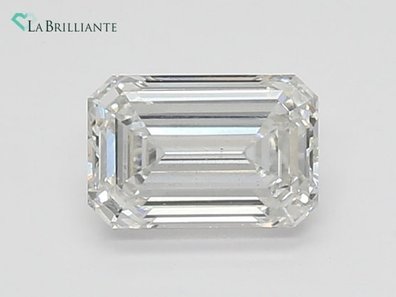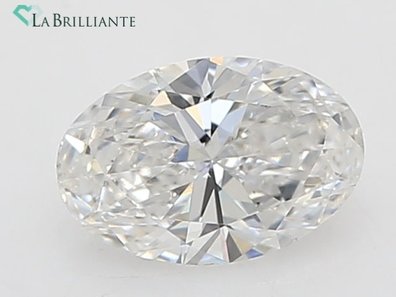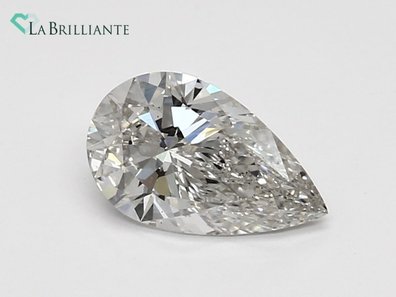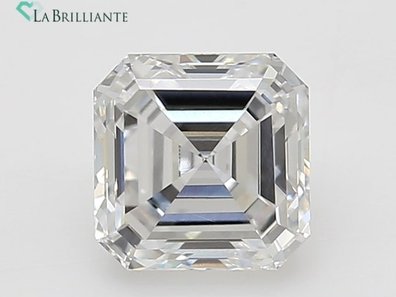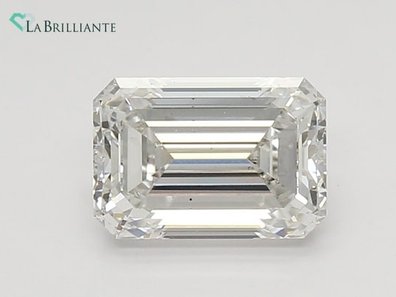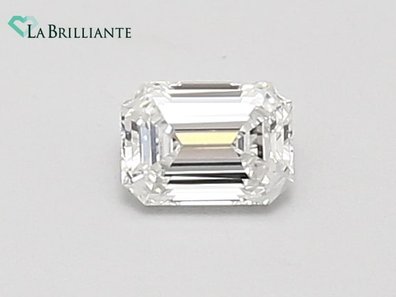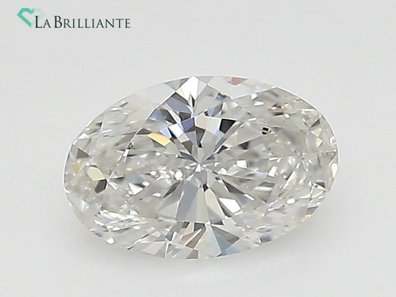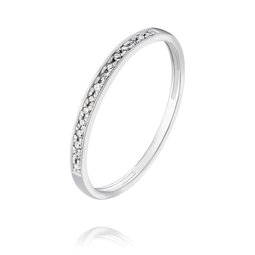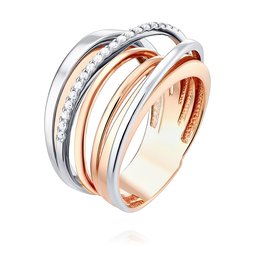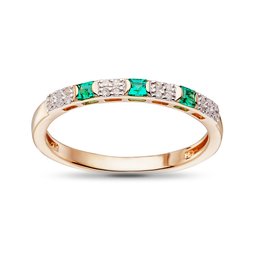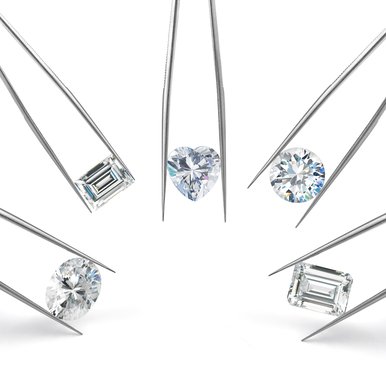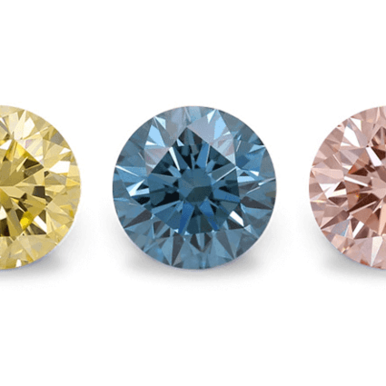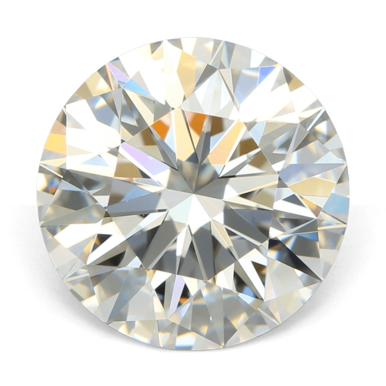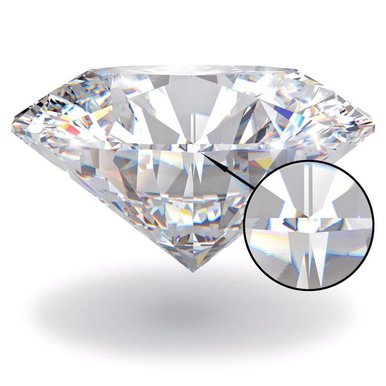Mining Free
Lab created diamonds are a responsible choice given that no mining is required.
Beauty & Quality
Man made diamonds have the same physical, chemical, and optical properties as mined diamonds.
Value
Lab created diamonds offer excellent value, and are slightly more affordable than natural diamonds of comparable size and quality.
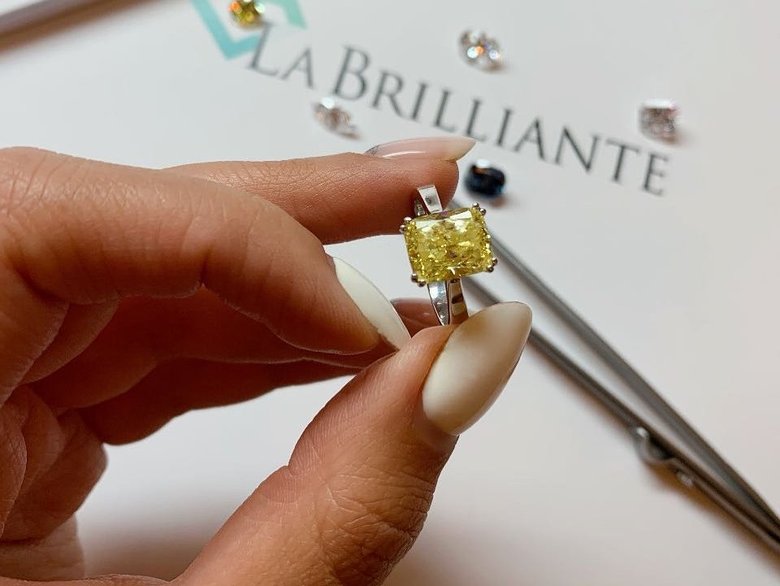
About Labrilliante Diamonds
Lab-grown diamonds are something quite unique. They are a mix of scientific engineering and alchemic mystery, an apotheosis of human progress.
Labrilliante operates as both a producer and distributor of lab-grown diamonds. Our reliability as a partner is underscored by our vast selection of lab-created gemstones, designed to meet a wide range of requirements. At Labrilliante, customers have the freedom to select diamonds in a variety of shapes, sizes, and colors.
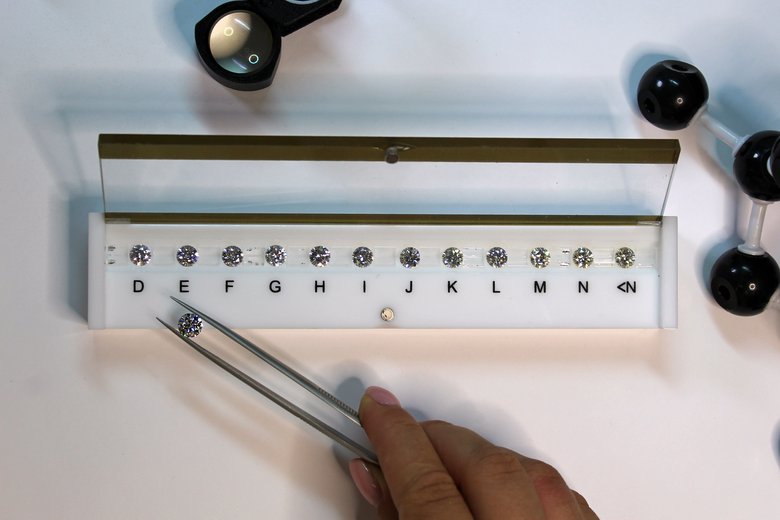
What Are Lab-Grown Diamonds?
Either grown in HPHT press or CVD chamber, lab-grown diamonds are completely identical to the mined ones. Essentially it is a pure carbon crystalized into isometric cubic system.
Growing diamonds is a complicated process, requiring constant control of conditions.
Being optical, physically, and chemically the same as mined diamonds, man-made gemstones also have many advantages, such as less CO2 emissions, no constant earth digging in enormous amounts, and no child labour being involved. But at the same time, lab-grown diamonds are more affordable to most customers.
Fancy Color Man-Made Diamonds
At Labrilliante we provide an extensive selection of fancy colored lab-grown diamonds including pink, yellow, blue, green, and various other shades.
We encourage you to share your vision of the perfect diamond with us, and we will go above and beyond to bring it to life!
How Are Lab Diamonds Made?
There are two commonly used methods of growing diamonds: HPHT and CVD. HPHT essentially recreates the same process that happens in nature, The only difference is that HPHT diamonds are grown above ground. In CVD method we apply a carbon containing gas into a vacuum chamber to form a diamond without enormous pressure.
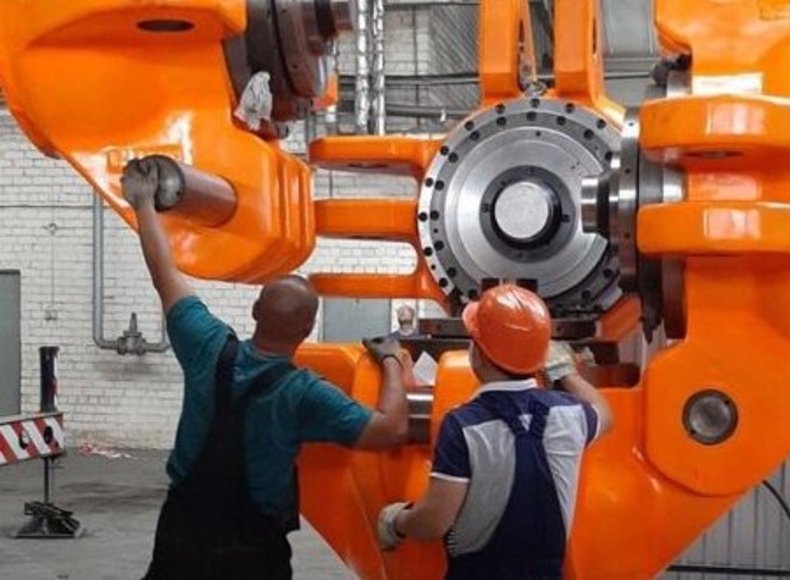
High Pressure High Temperature
HPHT essentially recreates the same process that happens in nature, The only difference is that HPHT diamonds are grown above ground.
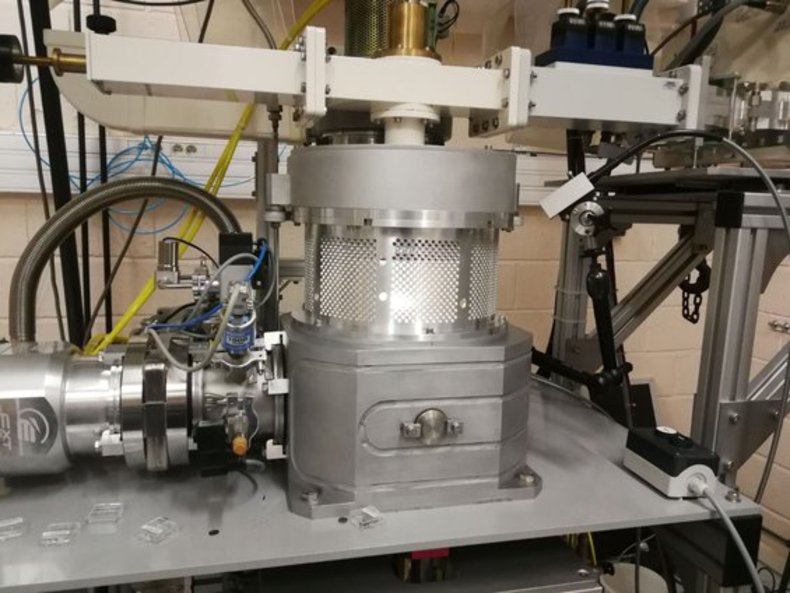
Chemical Vapor Deposition
In CVD method we apply a carbon containing gas into a vacuum chamber to form a diamond without enormous pressure.
Get Access to Our Lab Diamond Database
Find Out About Prices and Availability Information
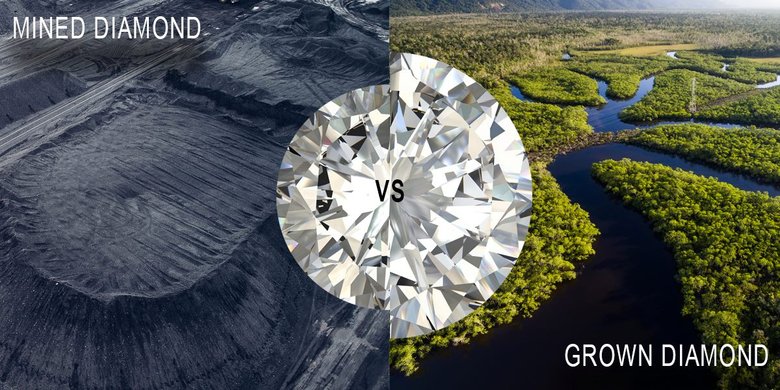
Differences Between Lab Diamonds and Mined Ones
Mined diamonds form deep within the Earth due to high pressure and high temperatures.
Lab-created diamonds are produced from high-purity carbon under high pressures and temperatures or from carbon-containing gases through a process called chemical vapor deposition (CVD).
While lab diamonds and mined diamonds have distinct origins, their fundamental structures remain identical.
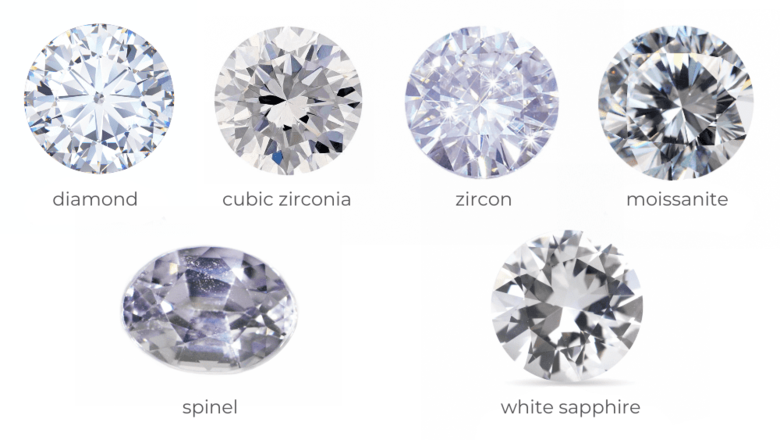
Lab-Grown Diamonds vs. Diamond Simulants
Unlike diamond simulants, man-made gemstones have the same physical and chemical structure, same hardness, same refraction as the mined diamonds. The only difference is that they were formed above ground, and not under it.
Some of Our Lab-Grown Diamonds
Below are some of our diamonds. To browse through all lab-grown diamonds, visit our gemstone database.
Lab-Grown Diamond Ring Settings
We offer not only loose stones, but beautiful pieces of jewelry with fully ethical origin from rings to pendants.
FAQ about Lab-Grown Diamonds
Lab-created diamonds are manufactured through one of two methods: chemical vapor deposition (CVD) or high pressure, high temperature (HPHT).
Lab-grown diamonds, which also go by names like man-made diamonds, and engineered diamonds, are diamonds that are produced in a laboratory using high temperature and pressure, replicating the same conditions as those in which mined gemstones are formed deep within the Earth.
Lab-grown and mined diamonds are exceedingly difficult to differentiate. They share identical appearances and chemical compositions. Any subtle distinctions are due to their growth processes and do not reflect their quality. Only specialized gemologists equipped with advanced tools specifically designed for this purpose are capable of identifying these differences.
Yes, GIA does provide certification for lab-grown diamonds. The grading process for these stones is identical, and the resulting report includes all the same information found on a report for a mined diamond.
Not as effectively as mined diamonds. Generally, diamonds, whether natural or lab-grown, are not the most robust financial investments. However, lab generated diamonds tend to depreciate in value more rapidly than natural stones.
Lab-created diamonds, while not formed in nature but rather produced in a laboratory, still possess the same chemical composition as mined diamonds. Like their mined counterparts, lab-grown stones can exhibit inclusions. While some laboratory grown diamonds can be flawless, similar to mined stones, the majority are not. Therefore, when assessing lab-grown diamonds, you can still consider the same criteria: carat weight, cut quality, color grade, and clarity grade.
Yes, they are considered ethical, and they are an environmentally responsible choice since they eliminate the need for mining. Although the production of fabricated diamonds does require significant amounts of energy, they are considered to be a more sustainable option due to the environmental impacts associated with diamond mining, which involves extracting resources from the Earth.
Certainly. Lab-grown diamonds are regarded as ethical and environmentally responsible. They are considered a more sustainable choice compared to mined diamonds because they eliminate the need for resource-intensive mining. The significant environmental impacts associated with traditional diamond mining make it a preferable option to produce man-made diamonds.
The process of mining gemstones requires significant resources and human labor to extract them from the earth and transport them to their destinations. This extensive operation also leads to disturbances in land, wildlife, and local communities. Even after extraction, raw gemstones must undergo various processes, such as cutting, polishing, grading, and transportation.
The value of a one-carat diamond is influenced by a range of factors and assessments performed during the diamond grading process. A gemstone that receives top ratings in the four C's will command a higher worth compared to diamonds of the same weight but with lower ratings in these four characteristics.
Colored stones, which include a wide range of hues from fancy blues to reds and everything in between, share many characteristics with most diamonds but have some distinct features. These unique colors develop when the carbon atoms in a diamond interact with other minerals.






